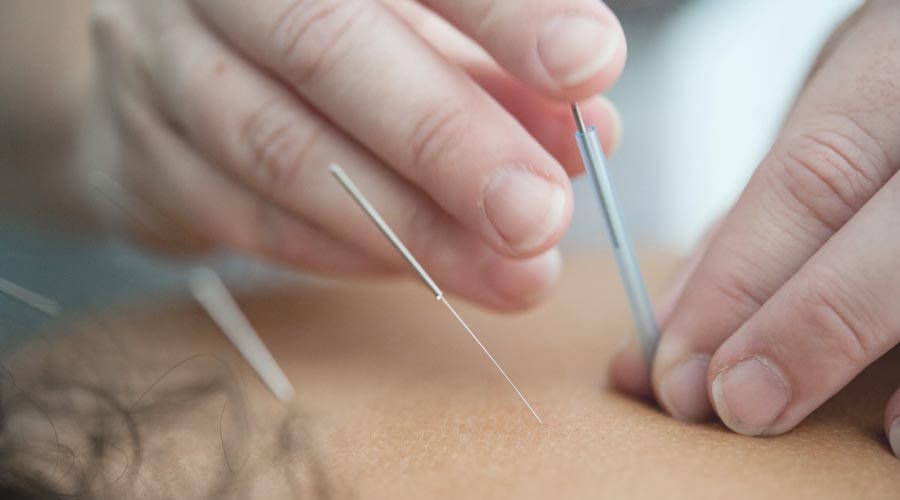
Imagine you have control over how quickly your baby is born - simply by how you eat in the last six to eight weeks before your due date. Sounds too good to be true? But Frankfurt medical professor Dr. Frank Louwen claims just that. And with his nutritional recommendations for expectant mothers, he has developed the "Louwen Diet" named after him. The principle behind it is simple: you avoid all foods that cause blood sugar levels in your body to skyrocket. Specifically, these are simple carbohydrates such as white bread, pasta and rice, and of course sugar in any form. Sugary fruits like bananas or grapes are also off limits. What's the point of all this? Too much blood sugar in the body can slow down the labor-promoting hormone prostaglandin - preventing the cervix from opening and your baby from being born quickly. Many moms report that changing their diet just before delivery actually dramatically sped up the birthing process. And midwives are also increasingly recommending the Louwen diet. If you're unsure, talk to your midwife or doctor about it.
Booking in a few sessions with an experienced acupuncture therapist before the birth can speed up the delivery process. Acupuncture is a millennia-old treatment technique from traditional Chinese medicine. During a treatment, fine needles are inserted into specific areas of your body - especially the back and the back of your knees. The goal is to release blockages and mobilize the body's own substances to relieve pain. Many expectant mothers report that the acupuncture sessions helped them relieve nausea, headaches and back pain. They also say the birthing process was uncomplicated and speedy. If interested, ask your doctor for advice. As a rule, you will have to pay for the acupuncture therapy yourself.
Regular perineal massage from the sixth week before delivery can protect against a painful perineal tear during childbirth. The perineum is the tissue that separates the vagina and anus. If it is well perfused, soft and stretchy, your baby's head can slide through it effortlessly. Your midwife will instruct you on the exact technique and recommend which oil to use.
The abbreviation PDA means peridural anesthesia and refers to a local anesthetic procedure in which an injection is placed between the lumbar vertebra and the spinal cord. This temporarily numbs the nerves in your abdomen so that you no longer feel the painful birthing contractions. However, you will still remain fully conscious. This procedure can only be performed in a hospital by a trained anesthesiologist - and only after your cervix has opened up to five centimeters. If the opening is already larger, the birth is considered almost over. In these cases, an epidural is usually no longer used. In individual cases, the anesthesia may only work on one side of the body. The anesthesiologist corrects this problem by changing the position of the catheter or asking you to turn to the other side. This allows the anesthetic to reach all the nerve pathways evenly.
Especially in the early stages of birth, warm water can help relieve pain. Many clinics therefore offer water births. If your water hasn't broken yet, you can take a warm full bath and relax as much as you can during labor. This is to prevent perineal rupture and help speed up the birth process. Just before your baby is born, however, most doctors and midwives advise leaving the pelvis again to have better access to you and your baby. Also, giving birth outside the pelvis is more hygienic, which reduces the risk of infection for everyone involved. It is not possible to use an epidural during a water birth.
When the time comes, there is usually no time to pack, so you should…
There are many guides on how to properly prepare for the birth of your…
Preparation for childbirth can help prevent the fear and pain of childbirth. One type…